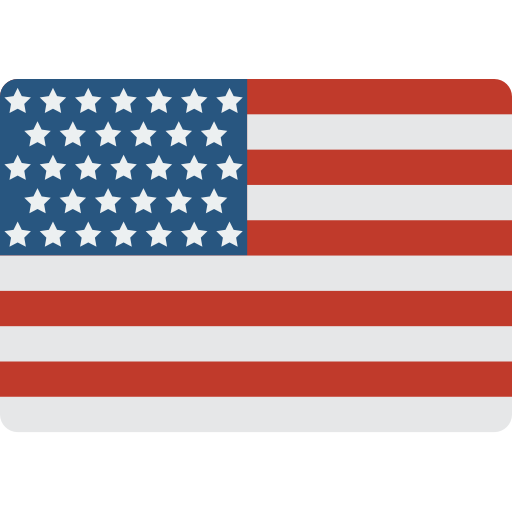Before clarifying the usefulness of the cost per product, it is convenient to remember that we are referring to the full cost of the sales object. That is the total unit cost, regardless of the allocation method, the nature of the base cost, and the valuation criteria of its inputs—topics we will address in another post.
What are the benefits of knowing the cost of a product?
In pricing, this doubt arises for two reasons. First, because many prices are unrelated to the sales object’s cost. From the pricing orientations previously listed (cost and margin, supply and demand, competitors, customer-perceived value, constituted authorities, and illicit prescriptions), only cost and margin orientation considers the product cost. Second, as cost information is often somewhat complex and challenging to apply, many professionals need help mastering and taking advantage of it.
The answer to the question is that, for pricing, the product cost utility depends on the price-determining agent (the price-determining agent is the one who has the power to set it, OK?).
So, whenever the offerer is the price-determining agent, they use the cost of the sales object to calculate the price and other sales conditions. When the agent is the buyer, the market, or a constituted authority, the offerer takes the cost to compute the profit margin that the price allows. Both are critical applications of the cost per product in the pricing process.
In addition, for the price manager, a detailed understanding of the unit cost opens up opportunities to offer more competitive prices using different arrangements. For instance, it enables him to propose price-quantity alternatives without compromising profitability and, in some cases, even enhancing it.
This information also enables the price manager to question the costs of raw materials and processes in use—such as those arising from make-or-buy decisions or causing indirect expenses—and collaborate with other company areas to reduce them. This collaborative approach ensures everyone is working towards the same cost efficiency and profit goal.
Another benefit of knowing the product’s full cost and profitability margin is identifying the origin of the profits or losses. In other words, make clear what product items, sales channels, market segments, types of operation, sales agents, and even which customers give rise to good or bad results from each product. From there, investigate which production and marketing alternatives to invest in, modify, discourage, or even eliminate.
Moreover, to the extent that the offerer obtains information about his competitors’ costs, comparing them with his own can provide him a strategic advantage. It allows the offerer to identify points for improvement and stay ahead in the market.
C. L. Eckhard, author ofPricing in Agribusiness: setting and managing prices for better sales margins.










 Claudio Luiz Eckhard is a former professor, business consultant, and author of the books “Ajustando o Rumo”[Adjusting the Business Course], “Gestão pela Margem”[Management by Margin], “A Empresa Saudável”[The Healthy Company], and “Pricing no Agribusiness”[Pricing in Agribusiness].
Claudio Luiz Eckhard is a former professor, business consultant, and author of the books “Ajustando o Rumo”[Adjusting the Business Course], “Gestão pela Margem”[Management by Margin], “A Empresa Saudável”[The Healthy Company], and “Pricing no Agribusiness”[Pricing in Agribusiness].


